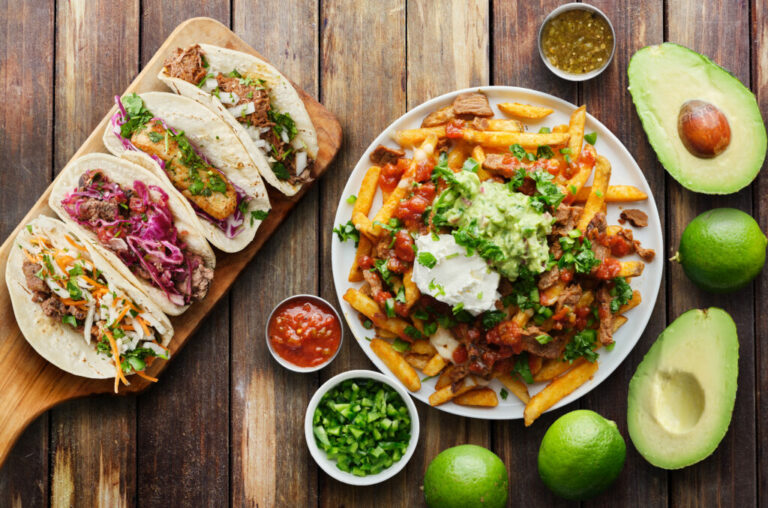Introduction to American Cuisine
American cuisine is a melting pot of various cultural and regional influences. The cuisine varies widely across different regions of the United States, reflecting the country’s diverse geography, climate, history, and demographics. The food in America is also shaped by the local availability of ingredients, cooking techniques, and cultural traditions.
Northeastern Cuisine
The Northeastern region of the United States, which includes states like Maine, Vermont, New Hampshire, Massachusetts, Rhode Island, Connecticut, and New York, is known for its seafood dishes and hearty comfort foods. Lobster, clam chowder, and fried clams are some of the iconic seafood dishes from this region. Other popular dishes include New England boiled dinner, Boston baked beans, and Philly cheesesteak.
Southern Cuisine
Southern cuisine, also known as soul food, is a blend of African, Native American, and European influences. The region, which includes states like Virginia, West Virginia, Kentucky, Tennessee, North Carolina, South Carolina, Georgia, Alabama, Mississippi, Louisiana, Arkansas, and Texas, is known for its fried chicken, barbecue, biscuits, and gravy. Other popular dishes include gumbo, jambalaya, and cornbread.
Midwestern Cuisine
The Midwestern region of the United States, which includes states like Ohio, Indiana, Illinois, Michigan, Wisconsin, Minnesota, Iowa, Missouri, North Dakota, South Dakota, Nebraska, and Kansas, is known for its meat and dairy products. The region is home to some of the country’s largest agricultural areas and is known for its steak, corn on the cob, hotdish, and bratwurst. Other popular dishes include deep-dish pizza, Cincinnati-style chili, and barbecue.
Southwestern Cuisine
Southwestern cuisine, which includes states like Arizona, New Mexico, Texas, and Oklahoma, is known for its bold flavors and spices. The region is heavily influenced by Mexican and Native American cuisine and is known for its burritos, tacos, enchiladas, chili, and tamales. Other popular dishes include barbecue, Tex-Mex cuisine, and Hatch chile.
West Coast Cuisine
The West Coast region of the United States, which includes states like California, Oregon, and Washington, is known for its fresh ingredients and fusion cuisine. The region is home to numerous cultural influences, including Asian, Mexican, and Mediterranean cuisine. The region is known for its seafood, avocados, and farm-to-table dining. Other popular dishes include sushi, tacos, and artisanal pizzas.
In conclusion, American cuisine is as diverse as its people and geography. Each region of the country has its unique culinary traditions and flavors, making American cuisine one of the most exciting and dynamic cuisines in the world.



